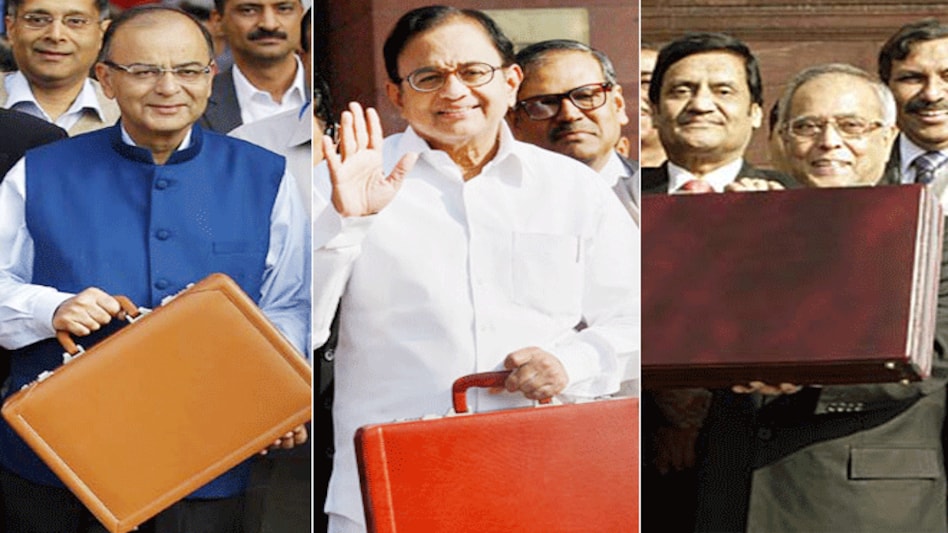

Have you ever wondered why every year Finance Minister poses with a leather briefcase before he reads his Budget Day speech inside the parliament? Well, the answer lies in the word 'budget' itself. It originates from a French word 'bougette' which means a leather bag.
It was in the 18th century when Chancellor of the Exchequer or Britain's budget chief was first asked to 'open the budget' while presenting his annual statement. In 1860, the then British budget chief William E. Gladstone, known for his long speeches, used a red suitcase with Queen's monogram embossed in gold to carry his bundle of papers.
Just like an Indian Finance Minister poses for shutterbugs right outside the parliament on the budget day, the Britain's budget chief - the chancellor of the exchequer - holds up his little suitcase to strike a pose in front of Number 11 Downing St. before they strut around to Parliament for the budget speech.
India's budget bag, though it has varied in colour and shape every year, is a copy of Britain's quintessential red Gladstone box that has been used in every single British budget since 1860. However, in 2010, UK's red Gladstone bag had become so shabby that it was 'officially' retired.
Even though it appears as a small prop inherited by the successive Indian governments from the colonial legacy, the papers in these small leather bags guide the future of the country's economic progress in the years to come.
In India, the custom of carrying a suitcase on the budget day goes back to independent India's first ever budget presented by the then Finance Minister RK Shanmukham Chetty on November 26, 1947. In the below photograph, the first Finance Minister can be seen carrying a trademark budget bag.

Copyright©2025 Living Media India Limited. For reprint rights: Syndications Today